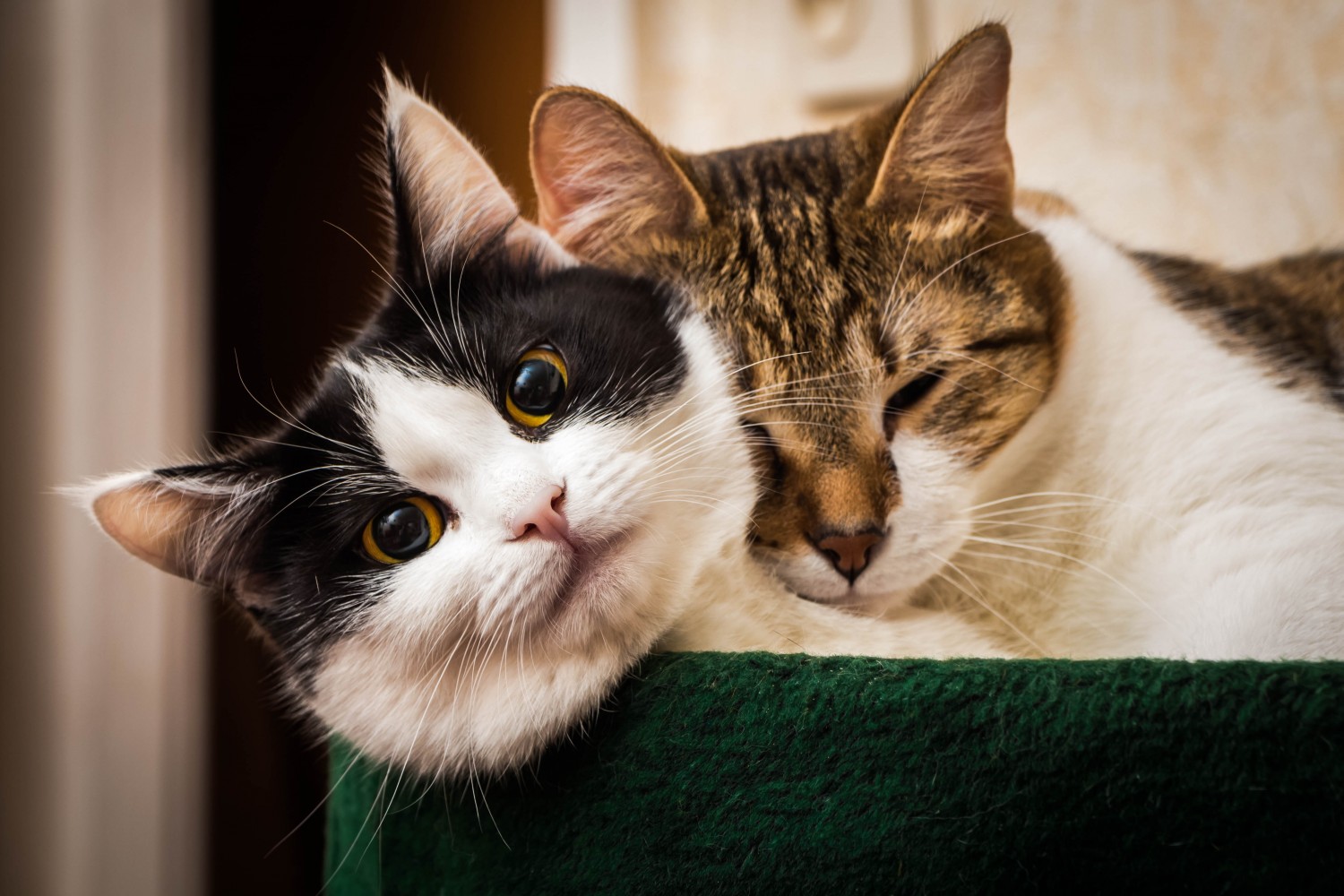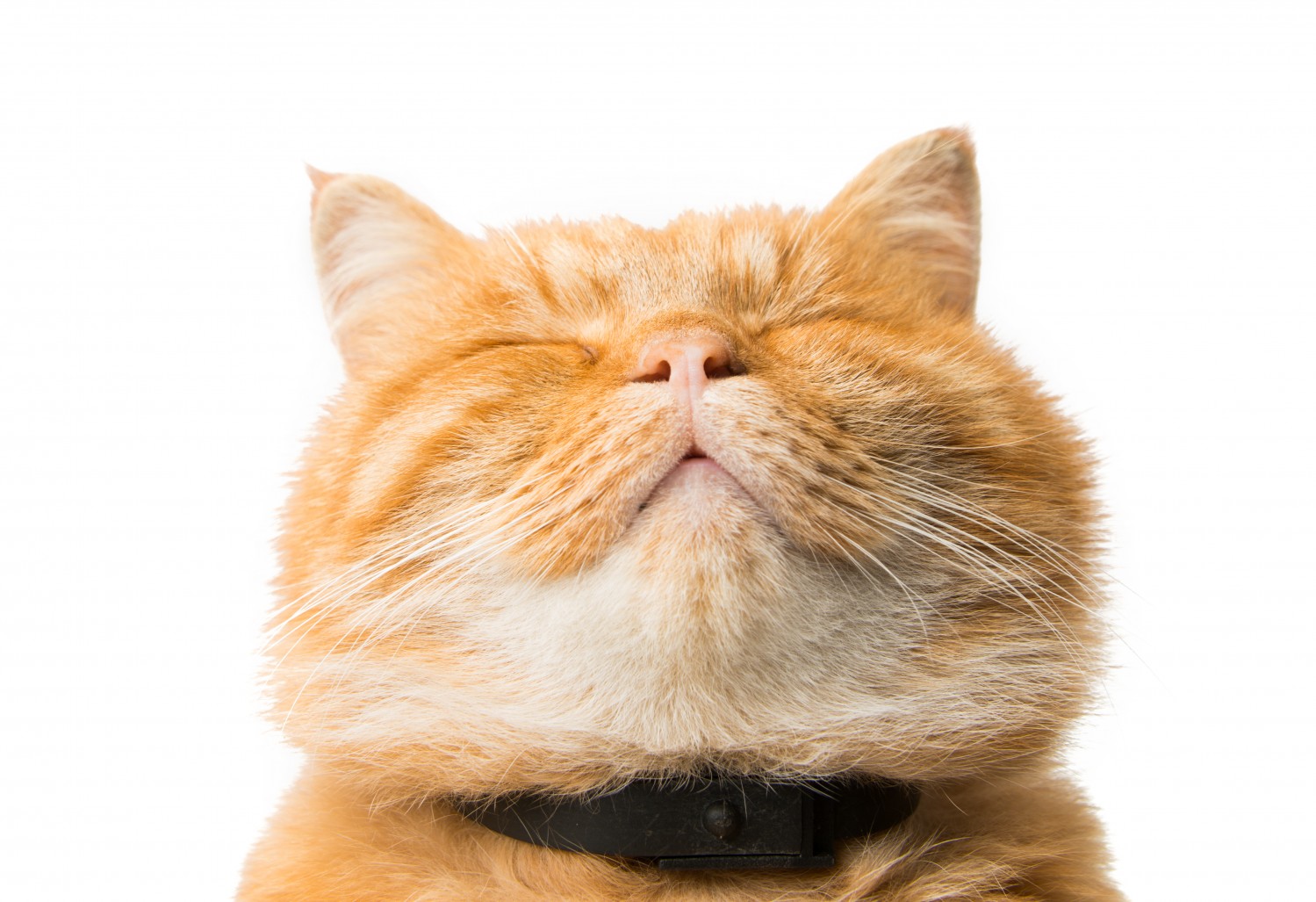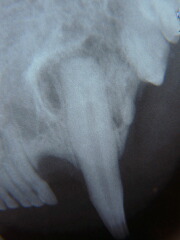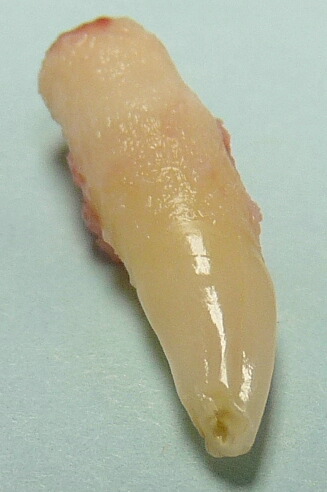Cats Need Dental Care Too!
|
Cats are at risk of:
|
Gingivitis and Tartar
Periodontal disease - advanced gum and bone disease surrounding teeth leading to tooth loss, infections and pain.
Tooth Resorptions - active tooth erosions and destruction in areas of either:
- active inflammation
- apparently "quiet" areas
...which progress slowly over weeks to years, resulting in ongoing pain and tooth loss and sometimes infections and drainage holes.
|
 |
|
- The cause of these lesions, especially the more common "quiet" ones, is not known.
- The prevalence in cats, however, is great, with numbers estimated to be up to 40% or even 70% of cats having at least one.
- There is no prevention, only treatment once they have started, which consists of removal of some or all of the tooth/root in order to prevent the associated pain and the ongoing inflammation.
|
|
Stomatitis - a very painful disease of the mouth tissues, often starting around the gums but extending to the inside of the lips, the roof of the mouth and often the back of the throat and even the tongue.
- There can be multiple causes and often a specific cause is never found.
- Treatment can be difficult and often involves a combination of medical and surgical therapies.
|
|
Tooth Root Abscesses - broken teeth can become infected at the root tip, leading to an abscess. The infection occurs deep in the bone where the root tip ends and can cause local swelling of the face or jaw or a draining tract (a non-healing wound) which may just look innocently like a pimple on the chin but really be just the "tip of the iceberg". Severe bone destruction can occur, often with no tell-tale signs, as cats hide disease and pain well. Thus, any broken tooth in a cat needs to be extracted or have a root canal performed. Scroll down for a case example.
|
|
Mouth Cancer - often very aggressive and best treated when very early
Treatment:
|
Adequate treatment of all of the above conditions starts with:
- A good awake oral exam and consultation
- A thorough evaluation of all dental structures under anesthesia
- Dental xrays to look "beneath the gums"
- Thorough charting and documentation of all abnormalities found
- Pain control including:
- dental blocks in the mouth
- pre-medication with pain meds
- post-surgical pain medication to go home
- Follow up Visits to monitor response
|
 |
If you feel your cat is in need of a dental assessment, please contact us to schedule an appointment
|
|
|
Tooth Root Abscess Case
|

Here is the dental xray that shows the abscess around the root tip (the black area around the end of the tooth in the bone).
You can also see the root canal (the black line in the centre of the tooth) is dilated, indicated this tooth died several years ago when the cat was likely only a year or two old.
|

Here is the extracted tooth showing:
a) the fracture into the pulp at the bottom of the photo (the brown dot)
b) the crown (which is the shiny part)
c) and the root (which is the roughened part above it).
This very small hole in the tip of the crown is enough to kill the living part of the tooth and cause the tooth to die and this dead tooth can now act as a wick to allow infection to travel up the canal right into the root tip and spill the infection into the surrounding bone.
|
|
|